The Sistine Chapel is a church with one nave, located inside the Vatican City. Rectangular in shape, it is 41 meters long, 13 meters wide and 20 meters high. According to some scholars these are the exact dimensions of the Temple of Solomon in Jerusalem.
The church was born of a restoration of the Cappella Magna. It took the name “Sistine” after Pope Sixtus IV, who inaugurated construction of the chapel around 1475. Artists like Perugino, Ghirlandaio and Sandro Botticelli were assigned to decorate it with frescoes addressing three main themes: the life of Moses, the life of Christ and portraits of past popes. The vault depicted a starry sky. In 1508, Pope Julius II decided to enrich the vault, hiring Michelangelo Buonarroti, a Tuscan painter and sculptor, for the task. Over the next four years, [1508 – 1512] Michelangelo realized a majestic fresco. The central part of the vault encompasses passages from the Book of Genesis: the Creation of Adam, the Great Flood and Noah’s Mission. As a frame for his narration, Michelangelo painted images of sybils and prophets. The visual effect of these supple, isolated figures created a sense of deep spirituality.
Twenty years later, Michelangelo was called back to the Sistine Chapel and commissioned to paint the great wall behind the altar. His artwork was supposed to represent the troubled moment the Church was then experiencing. At the time, the Reformation enacted by German monk Martin Luther had just begun, and only a few years earlier the so-called “Sack of Rome,” [1527] an invasion of the city by German Protestant mercenary soldiers, had taken place. Michelangelo covered existing artwork, creating a second fresco [1536 – 1541] that portrayed the day of judgment. Known as the Last Judgment, the fresco is roughly 14 meters wide and 12 meters high. Michelangelo used an open sky devoid of points of reference as his background, filling it with human figures huddled in close-knit groups. The exceptional dynamism of the images reproduces humanity’s anguish as it faces divine judgment. The nudity present in The Last Judgment provoked strong criticism, and over subsequent years many painters were hired to cover it. But their attempts have not significantly damaged the artwork. In it, Michelangelo united sincere Christian faith with great attention to man and his condition, making the Sistine Chapel a symbol of the Renaissance. The chapel is still used by the assembly of cardinals when they gather to elect a new Pope. The Sistine Chapel is located in the Vatican Museum, inside the Vatican City.
The church was born of a restoration of the Cappella Magna. It took the name “Sistine” after Pope Sixtus IV, who inaugurated construction of the chapel around 1475. Artists like Perugino, Ghirlandaio and Sandro Botticelli were assigned to decorate it with frescoes addressing three main themes: the life of Moses, the life of Christ and portraits of past popes. The vault depicted a starry sky. In 1508, Pope Julius II decided to enrich the vault, hiring Michelangelo Buonarroti, a Tuscan painter and sculptor, for the task. Over the next four years, [1508 – 1512] Michelangelo realized a majestic fresco. The central part of the vault encompasses passages from the Book of Genesis: the Creation of Adam, the Great Flood and Noah’s Mission. As a frame for his narration, Michelangelo painted images of sybils and prophets. The visual effect of these supple, isolated figures created a sense of deep spirituality.
Twenty years later, Michelangelo was called back to the Sistine Chapel and commissioned to paint the great wall behind the altar. His artwork was supposed to represent the troubled moment the Church was then experiencing. At the time, the Reformation enacted by German monk Martin Luther had just begun, and only a few years earlier the so-called “Sack of Rome,” [1527] an invasion of the city by German Protestant mercenary soldiers, had taken place. Michelangelo covered existing artwork, creating a second fresco [1536 – 1541] that portrayed the day of judgment. Known as the Last Judgment, the fresco is roughly 14 meters wide and 12 meters high. Michelangelo used an open sky devoid of points of reference as his background, filling it with human figures huddled in close-knit groups. The exceptional dynamism of the images reproduces humanity’s anguish as it faces divine judgment. The nudity present in The Last Judgment provoked strong criticism, and over subsequent years many painters were hired to cover it. But their attempts have not significantly damaged the artwork. In it, Michelangelo united sincere Christian faith with great attention to man and his condition, making the Sistine Chapel a symbol of the Renaissance. The chapel is still used by the assembly of cardinals when they gather to elect a new Pope. The Sistine Chapel is located in the Vatican Museum, inside the Vatican City.
RELATED
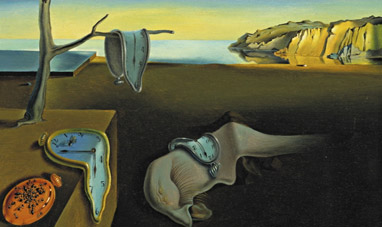

THE PERSISTENCE OF MEMORY
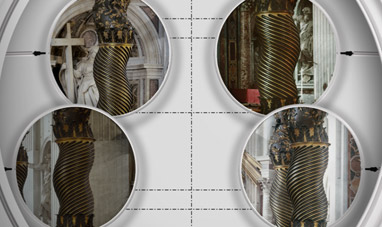

ST. PETER'S BALDACHIN


ROMANTICISM
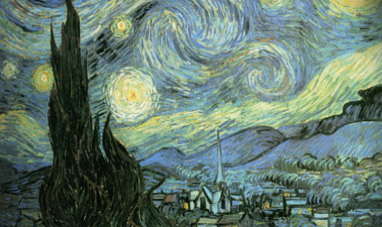

STARRY NIGHT
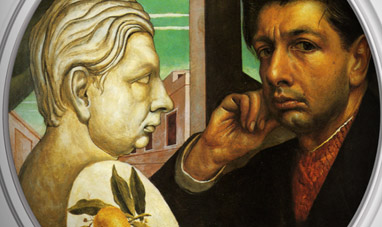

SELF PORTRAIT (GIORGIO DE CHIRICO)
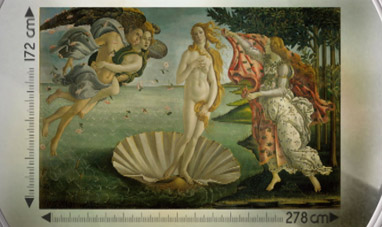

THE BIRTH OF VENUS
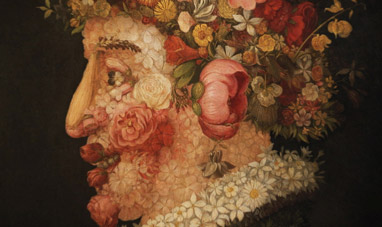

MANNERISM
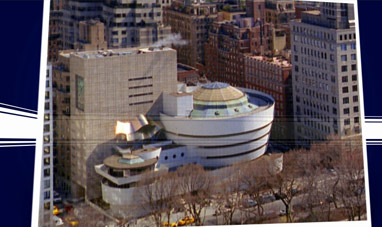

SOLOMON R. GUGGENHEIM MUSEUM
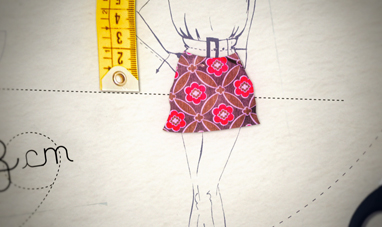

MINISKIRT


GIOTTO-S-FRESCOES-IN-THE-ASSISI-CATHEDRAL
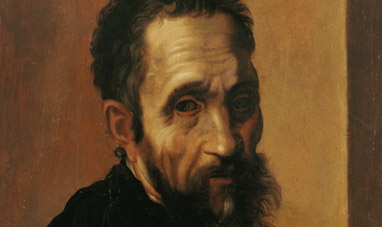

MICHELANGELO BUONARROTI
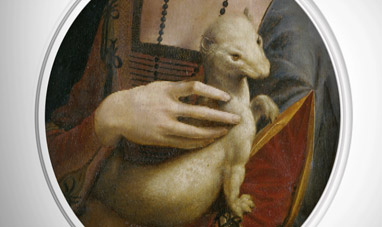

LADY WITH AN ERMINE


MADONNA OF THE GOLDFINCH
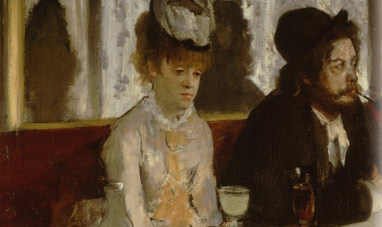

L'ABSINTHE
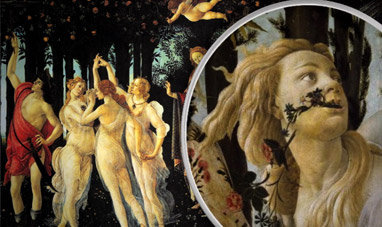

PRIMAVERA
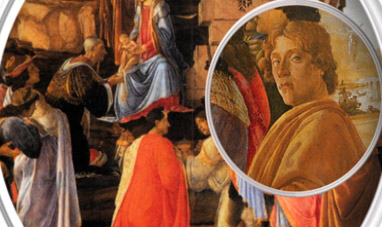

THE ADORATION OF THE MAGI
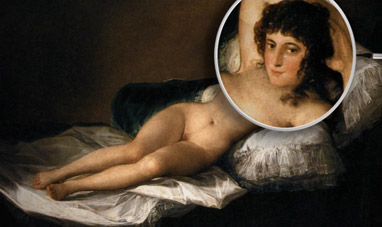

THE NUDE MAJA


INTELLIGENCE MAY 2015
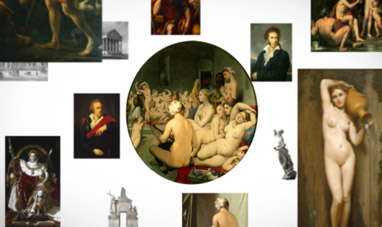

NEOCLASSICISM
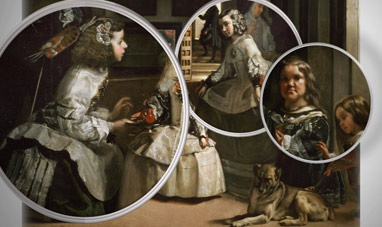

LAS MENINAS
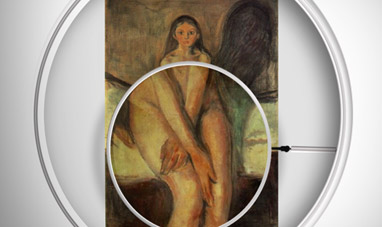

PUBERTY
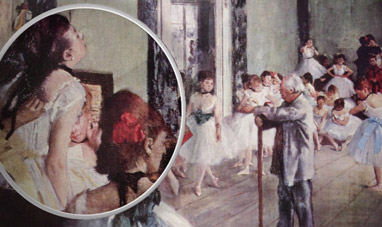

THE DANCE CLASS
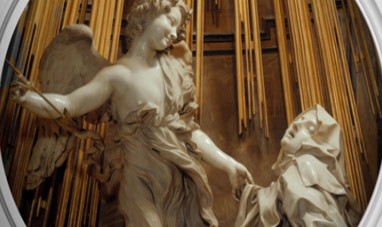

THE ECSTASY OF SAINT TERESA
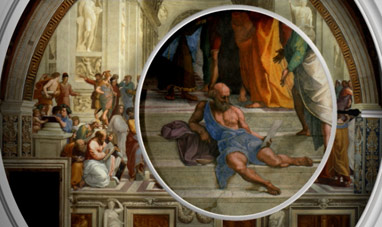

THE SCHOOL OF ATHENS
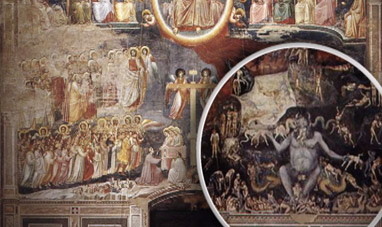

SCROVEGNI CHAPEL
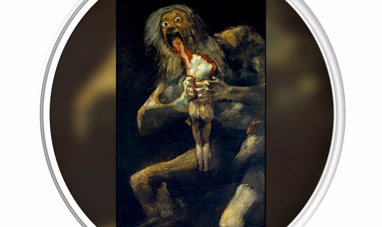

SATURN DEVOURING HIS SON
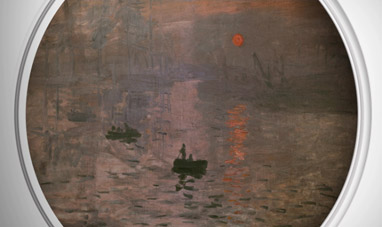

IMPRESSION, SUNRISE
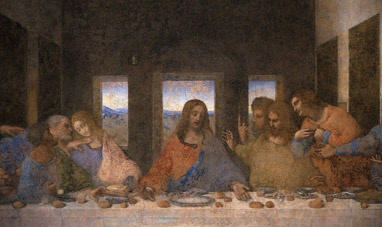

THE LAST SUPPER
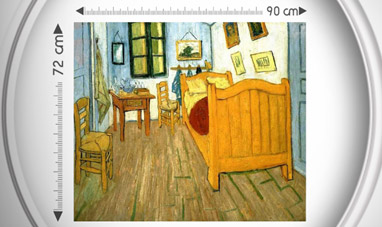

THE BEDROOM
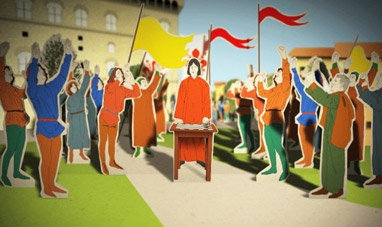

LORENZO DE' MEDICI
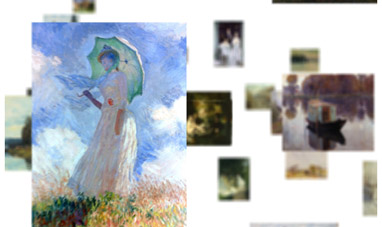

IMPRESSIONISM
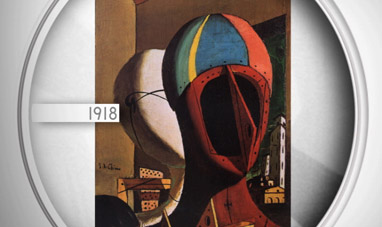

DISQUIETING MUSES
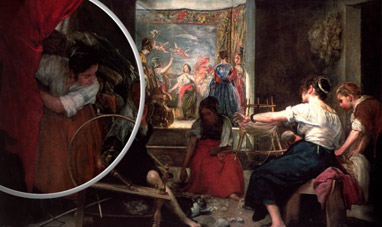

LAS HILANDERAS


DREAM CAUSED BY THE FLIGHT OF A BEE AROUND A...
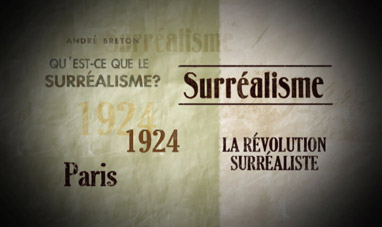

SURREALISM
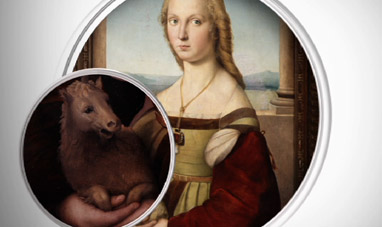

YOUNG WOMAN WITH UNICORN
